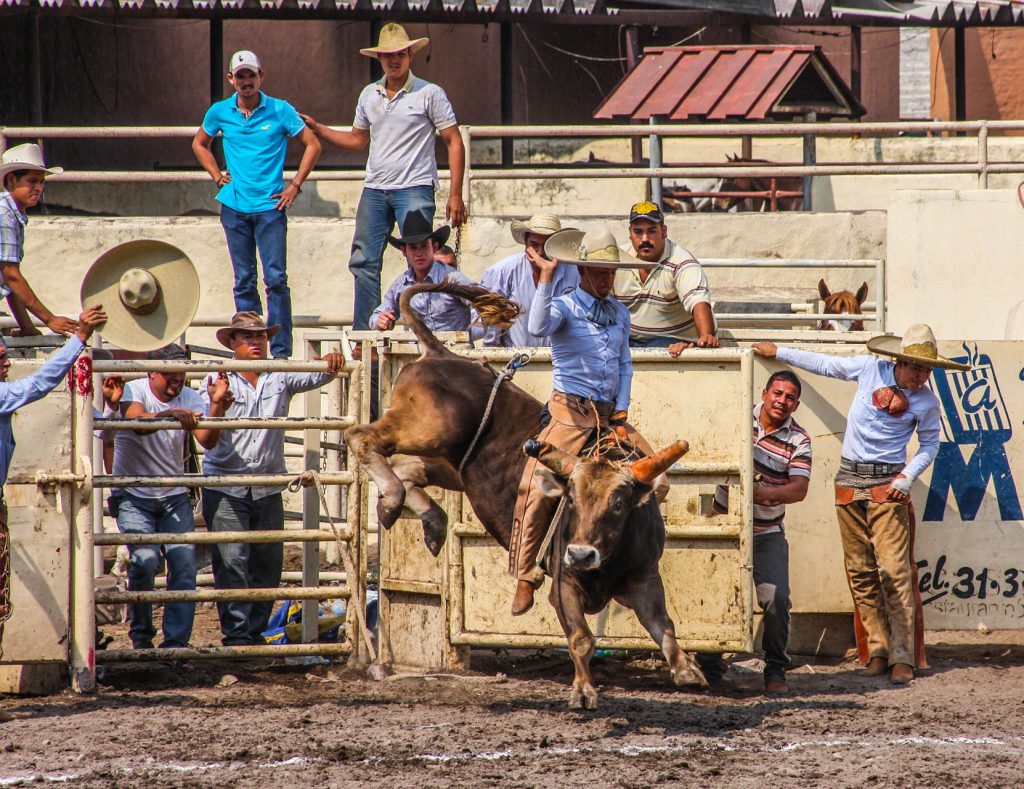Introduction: Jaripeo, a vibrant and exhilarating event rooted in Mexican culture, is much more than just bull riding. It’s a celebration of bravery, skill, and tradition that has been passed down through generations. In this article, we’ll explore the rich history and cultural significance of Jaripeo, delving into its roots, its evolution, and its enduring popularity.
The Origins of Jaripeo: Jaripeo traces its origins back to the early Spanish colonization of Mexico, where it emerged as a fusion of indigenous and Spanish traditions. Initially, it was a form of ranch work, where cowboys would test their riding skills on untamed bulls as a means of training and showcasing their abilities. Over time, Jaripeo evolved into a form of entertainment, blending elements of rodeo and bullfighting to create a unique and thrilling spectacle.
The Structure of Jaripeo: Today, Jaripeo is a lively event that typically features a series of bull riding competitions, interspersed with traditional music, dancing, and food. The highlight of the event is the bull riding itself, where riders, known as “jinete” or “charro,” attempt to stay on a bucking bull for a set period of time, usually eight seconds. The rider is judged on their ability to stay on the bull and their style and control during the ride.
The Cultural Significance of Jaripeo: Jaripeo holds deep cultural significance in Mexican communities, serving as a way to celebrate and preserve traditional ranching skills and values. It’s also a reflection of the close relationship between humans and animals, with bulls revered for their strength and spirit. In addition, Jaripeo is a way to honor the bravery and skill of the riders, who risk injury and even death in pursuit of glory.
The Evolution of Jaripeo: While Jaripeo has its roots in rural ranching communities, it has evolved over the years to become a popular form of entertainment across Mexico and beyond. Today, Jaripeo events can be found in cities and towns throughout Mexico, drawing large crowds of spectators who come to witness the excitement and spectacle of the sport.
Conclusion: In conclusion, Jaripeo is a vibrant and dynamic tradition that continues to thrive in Mexican culture. Its blend of athleticism, artistry, and tradition makes it a captivating spectacle that resonates with people of all ages. Whether you’re a fan of bull riding or simply interested in experiencing a unique cultural tradition, Jaripeo is an event that is sure to leave a lasting impression.
FAQs:
- What is the history of Jaripeo? Jaripeo originated as a form of ranch work in Mexico, where cowboys would test their riding skills on untamed bulls. Over time, it evolved into a form of entertainment that blends elements of rodeo and bullfighting.
- What is the significance of Jaripeo in Mexican culture? Jaripeo is a way to celebrate and preserve traditional ranching skills and values. It also honors the close relationship between humans and animals, particularly the strength and spirit of the bull.
- Is Jaripeo dangerous for the riders? Yes, Jaripeo can be dangerous, as riders risk injury and even death when attempting to ride a bucking bull. However, riders are trained professionals who take precautions to minimize the risks involved.
- How popular is Jaripeo in Mexico? Jaripeo is very popular in Mexico, with events held regularly in cities and towns throughout the country. It draws large crowds of spectators who come to witness the excitement and skill of the riders.If you decide to travel to Quintana Roo to see it then you may need to visit VISITAX to pay the tourist tax.
- Are there any rules or regulations in Jaripeo? Yes, there are rules and regulations that govern Jaripeo events, including the use of protective gear for riders and the humane treatment of the bulls. Riders are also judged on their ability to stay on the bull and their style and control during the ride.

